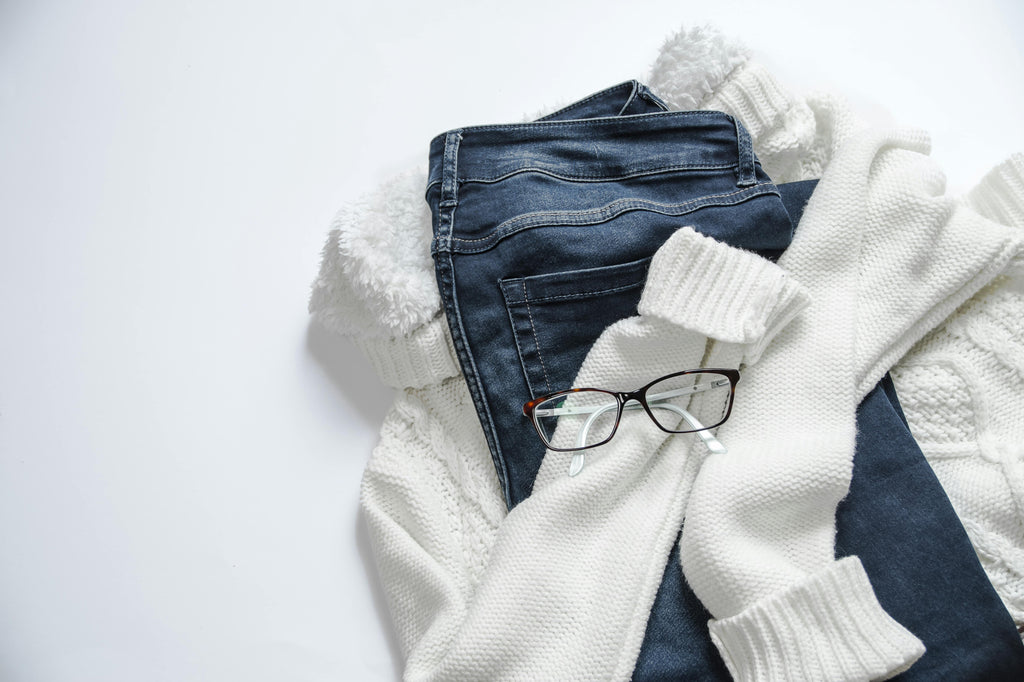The Difference Between Fast Fashion and Slow Fashion: Which One Should You Choose?

Fashion is more than just clothing; it’s a reflection of culture, identity, and personal expression. However, the way we consume fashion has significant implications for the environment, economy, and society. Two prominent approaches to fashion—fast fashion and slow fashion—represent starkly contrasting ideologies. Let’s explore the key differences between these two fashion movements to help you make informed choices.
What is Fast Fashion?
Fast fashion refers to the rapid production of inexpensive clothing that mirrors current fashion trends. Retailers like Zara, H&M, and Shein have become synonymous with fast fashion, offering trendy designs at highly affordable prices. The focus is on quick turnaround times, mass production, and low costs.
Key Characteristics of Fast Fashion:
-
Low Cost: Fast fashion relies on cheap materials and labor to produce affordable clothing.
-
High Volume: New collections are launched frequently, sometimes weekly, to keep up with trends.
-
Short Lifespan: Clothing is often designed to be disposable, with quality taking a backseat to quantity.
-
Environmental Impact: Fast fashion contributes significantly to pollution, waste, and overconsumption of resources.
-
Ethical Concerns: It often involves exploitative labor practices and poor working conditions in developing countries.
Example: Buying a trendy dress for a party at a low price, only to discard it after a few wears when it goes out of style.
What is Slow Fashion?
Slow fashion, on the other hand, focuses on sustainable and ethical practices. It emphasizes quality over quantity, encouraging consumers to invest in timeless pieces made from eco-friendly materials. This movement prioritizes fair wages, ethical labor practices, and environmental sustainability.
Key Characteristics of Slow Fashion:
-
Quality Over Quantity: Slow fashion promotes durable, high-quality clothing that lasts for years.
-
Sustainable Materials: It uses eco-friendly fabrics like organic cotton, hemp, and recycled materials.
-
Ethical Practices: Fair wages and safe working conditions are a cornerstone of slow fashion.
-
Limited Collections: Brands produce smaller collections, often tailored to demand.
-
Lower Environmental Impact: It minimizes waste and reduces carbon footprints.
Example: Investing in a handcrafted linen shirt that you can wear for multiple seasons and repair when needed.
Key Differences Between Fast Fashion and Slow Fashion
| Aspect | Fast Fashion | Slow Fashion |
|---|---|---|
| Production Speed | Rapid, trend-driven | Deliberate, demand-driven |
| Cost | Low, affordable | Higher, seen as an investment |
| Quality | Lower, disposable | High, long-lasting |
| Sustainability | Harmful to the environment | Eco-friendly and sustainable |
| Ethics | Often exploitative | Focus on fair wages and safe practices |
| Lifespan | Short, trend-dependent | Long, timeless designs |
Why Choose Slow Fashion?
While fast fashion may be tempting due to its affordability and accessibility, its hidden costs—both environmental and ethical—are far too significant to ignore. Choosing slow fashion allows you to:
-
Support Ethical Practices: Ensure workers are treated fairly and paid justly.
-
Reduce Environmental Impact: Minimize waste, pollution, and resource consumption.
-
Invest in Quality: Own durable clothing that lasts longer, saving money in the long run.
-
Encourage Thoughtful Consumption: Promote mindful buying and reduce overconsumption.
How to Embrace Slow Fashion
-
Buy Less, Choose Well: Invest in high-quality, versatile pieces.
-
Support Sustainable Brands: Look for labels that prioritize ethical practices and eco-friendly materials.
-
Repair and Reuse: Extend the lifespan of your clothes through repairs and creative upcycling.
-
Thrift and Swap: Explore second-hand stores or swap clothes with friends.
-
Educate Yourself: Stay informed about the impact of your fashion choices.
Conclusion
The choice between fast fashion and slow fashion ultimately comes down to your values and priorities. While fast fashion offers convenience and affordability, it comes at a high cost to people and the planet. Slow fashion, though initially more expensive, is a step toward a more sustainable, ethical, and conscious future. By making mindful choices, you can align your wardrobe with your values and contribute to a healthier planet.
So, what will you choose? Fast fashion for instant gratification or slow fashion for a meaningful impact? Let your wardrobe tell a story of responsibility and style.


